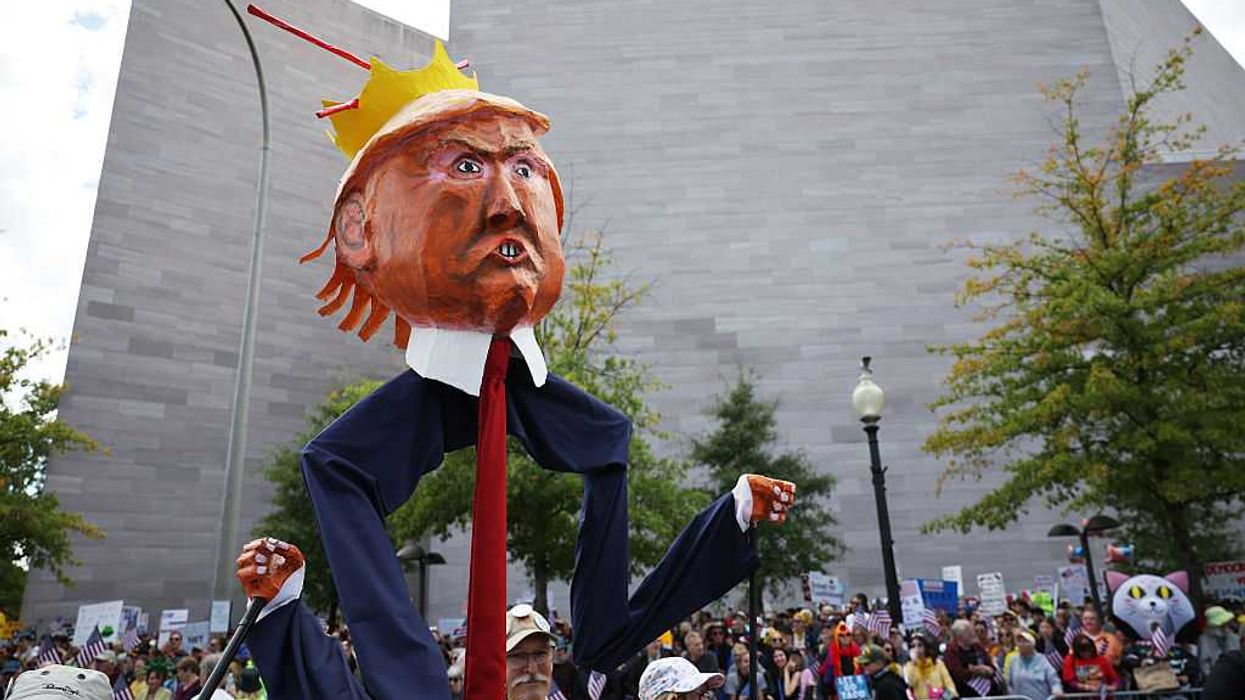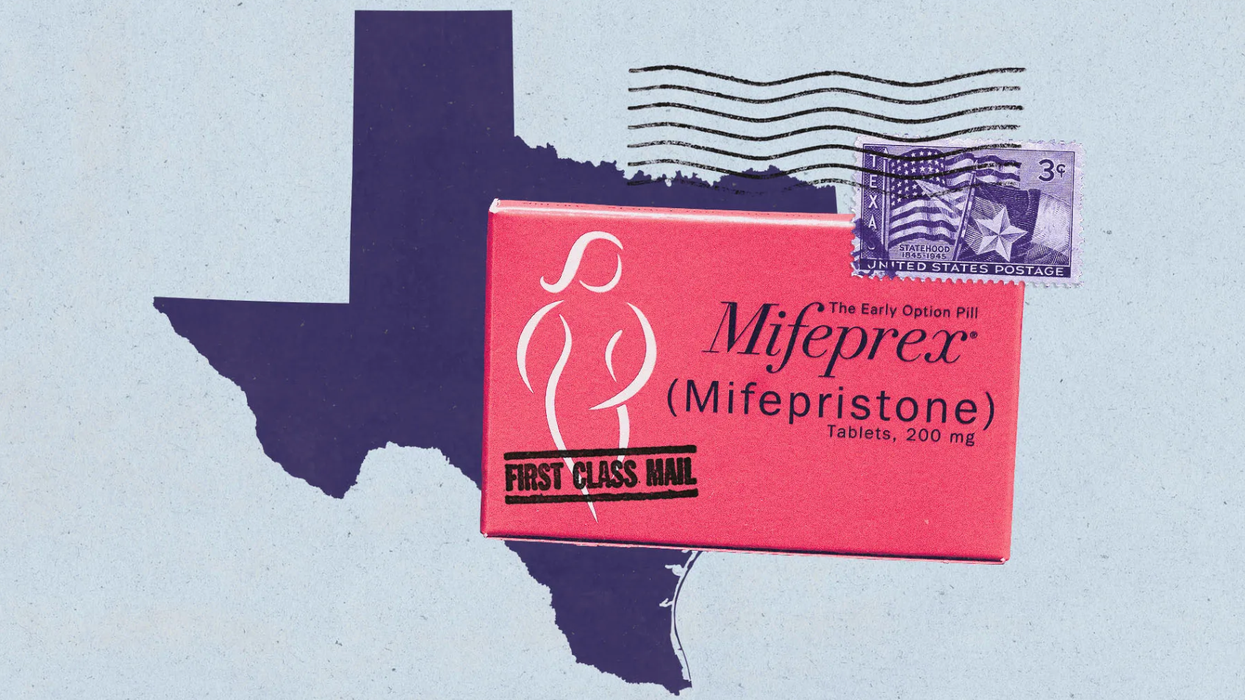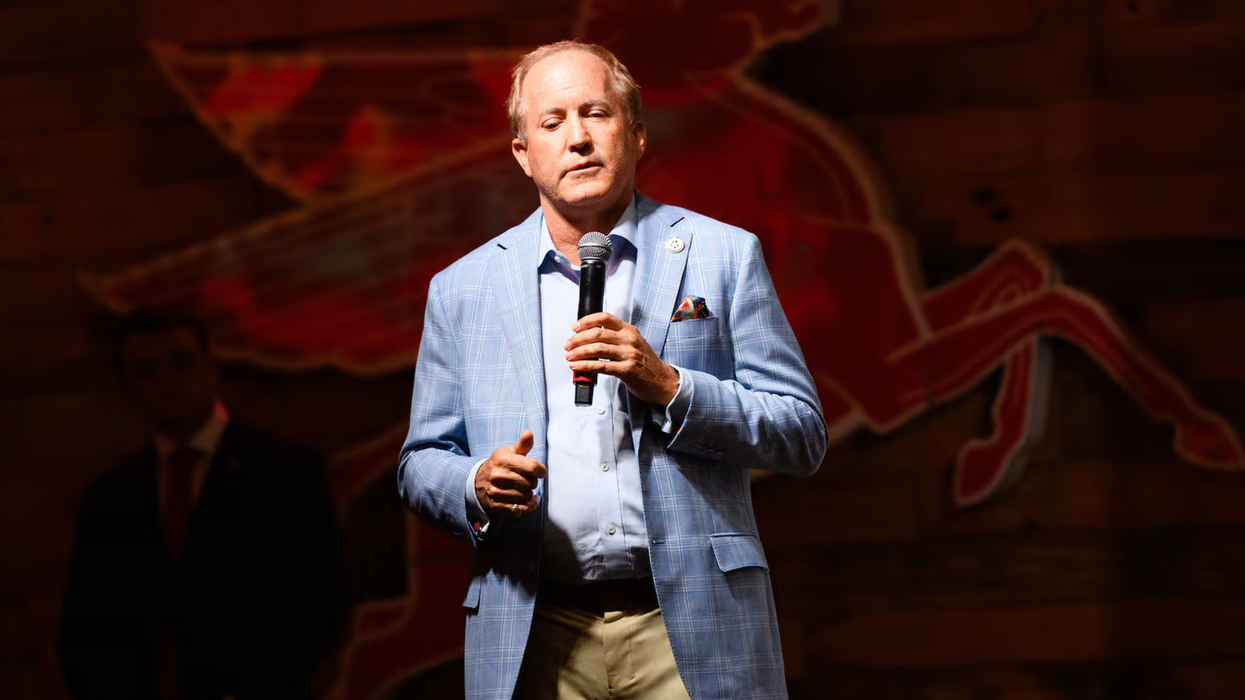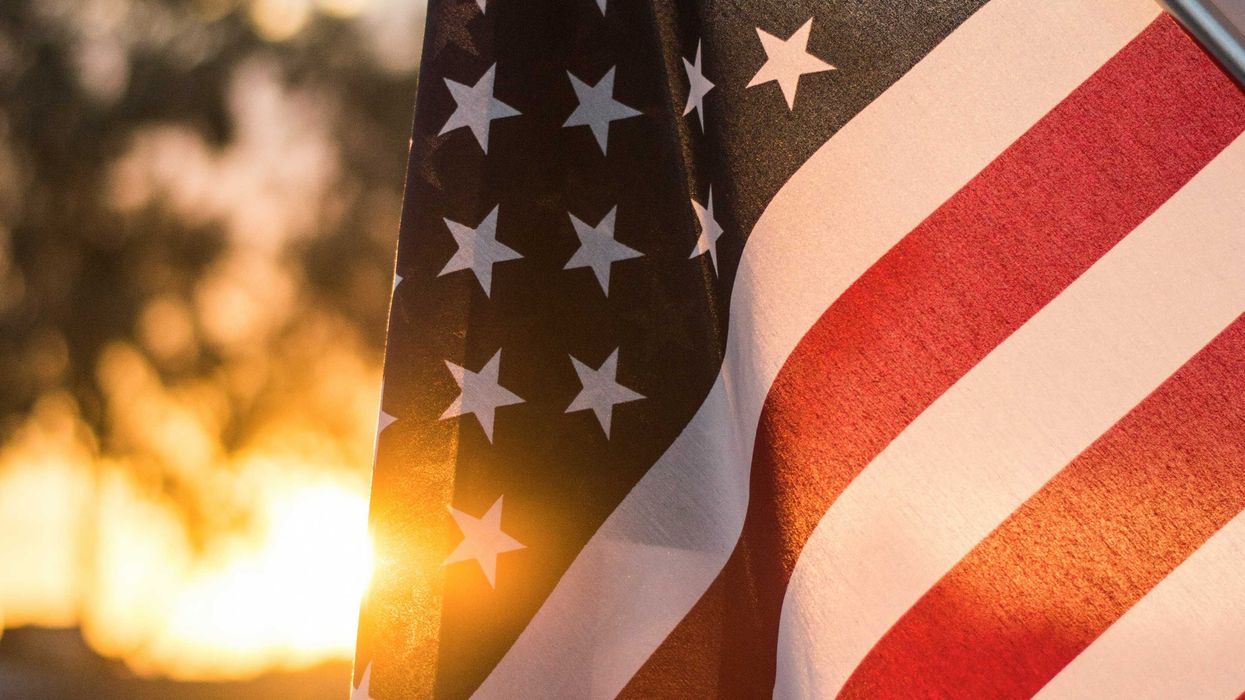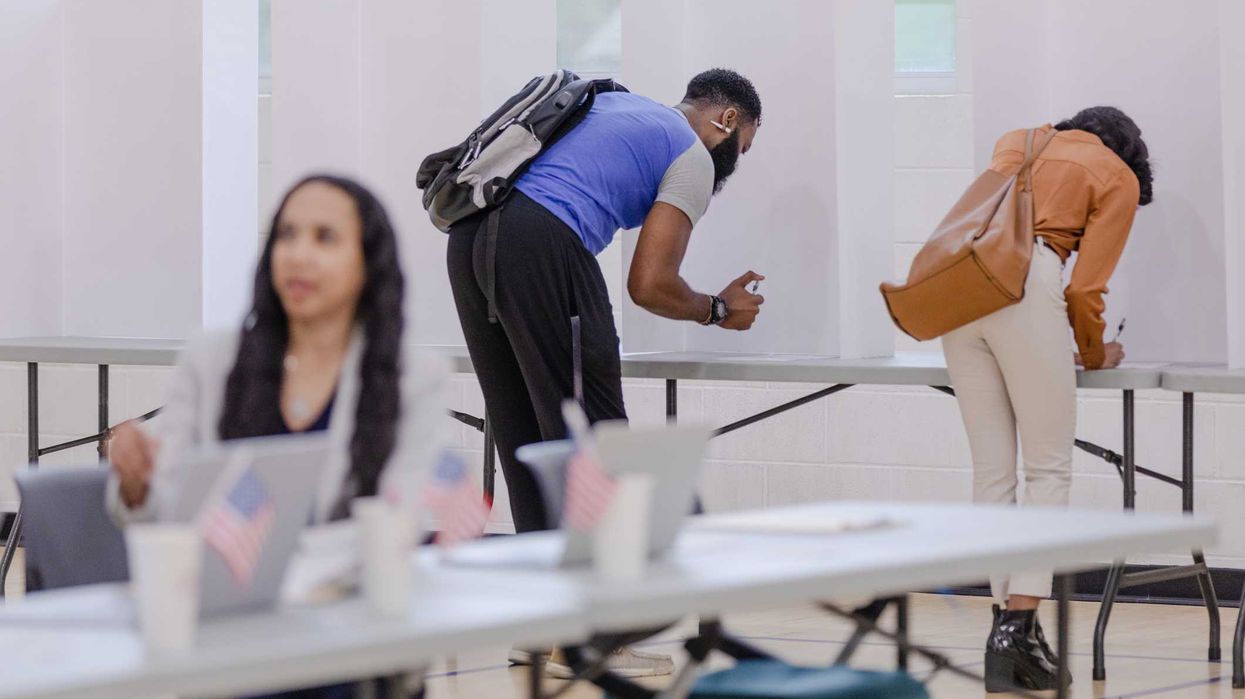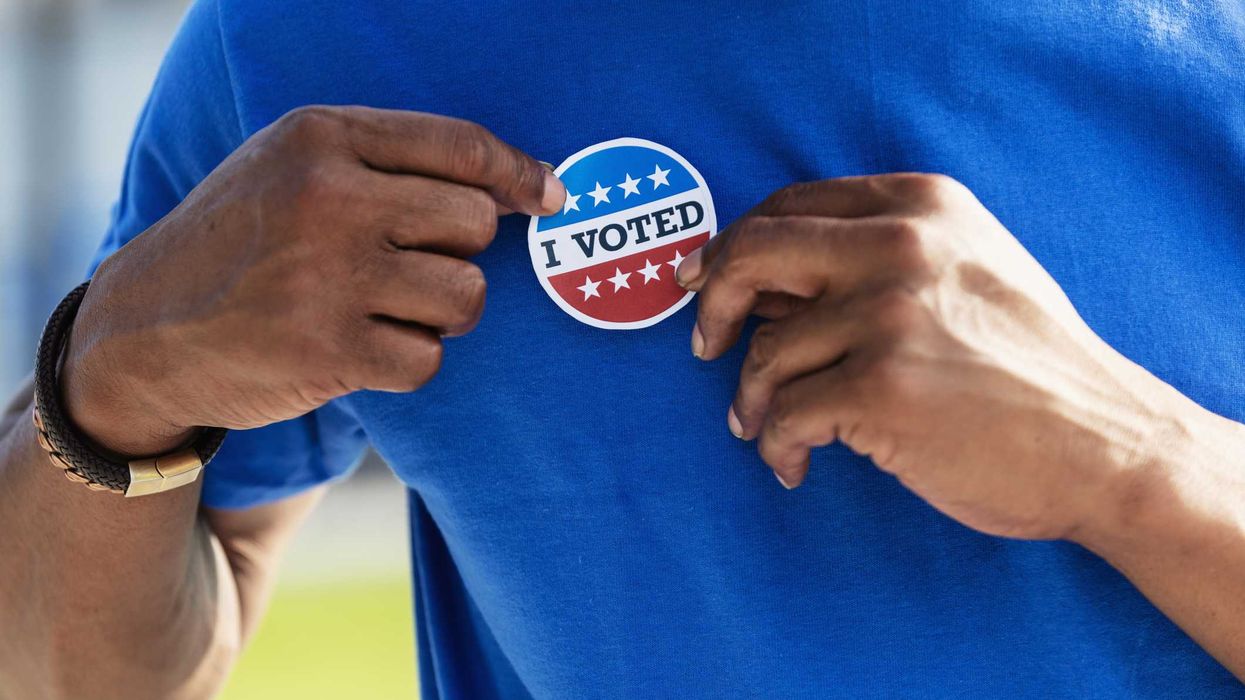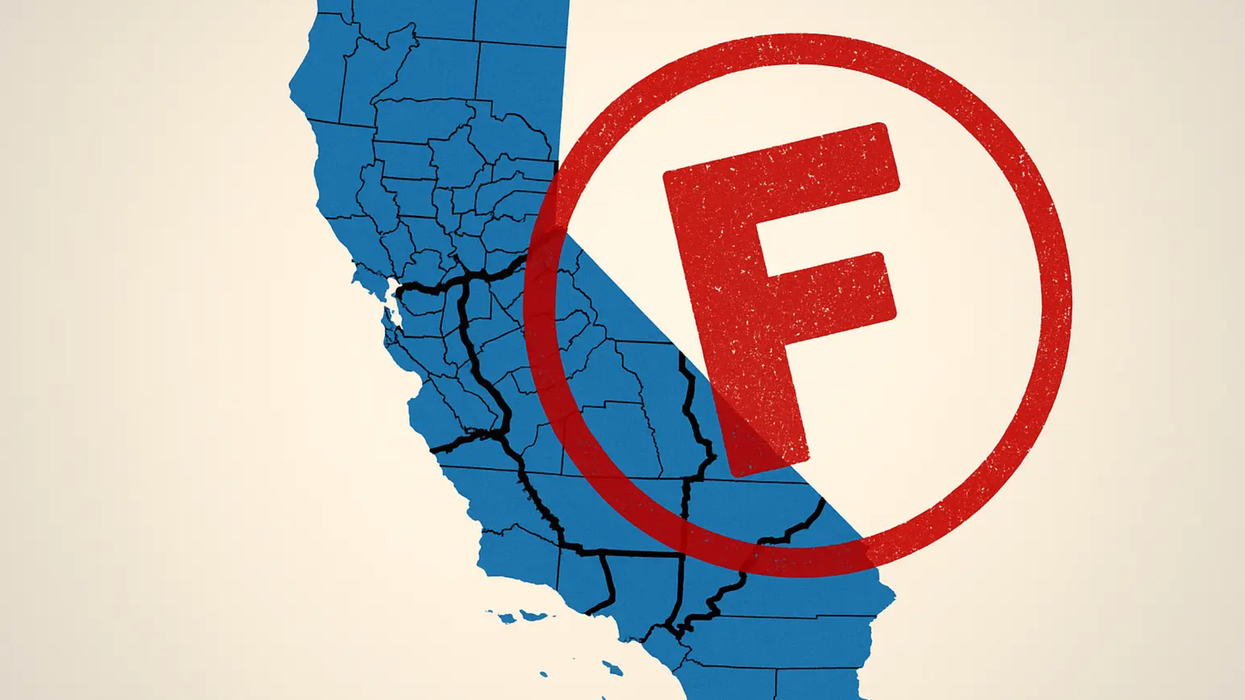This past year’s elections saw a number of state ballot initiatives of great national interest, which proposed the adoption of two “unusual” election systems for state and federal offices. Pairing open nonpartisan primaries with a general election using ranked choice voting, these reforms were rejected by the citizens of Colorado, Idaho, and Nevada. The citizens of Alaska, however, who were the first to adopt this dual system in 2020, narrowly confirmed their choice after an attempt to repeal it in November.
Ranked choice voting, used in Alaska’s general elections, allows voters to rank their candidate choices on their ballot and then has multiple rounds of voting until one candidate emerges with a majority of the final vote and is declared the winner. This more representative result is guaranteed because in each round the weakest candidate is dropped, and the votes of that candidate’s supporters automatically transfer to their next highest choice. Alaska thereby became the second state after Maine to use ranked choice voting for its state and federal elections, and both have had great success in their use.
The purpose of primary elections is to let citizens winnow down the number of candidates to a more manageable number for the general election, when more voters are paying attention (typically two or three times as many). To decide who appears on the general election ballot, Maine uses traditional closed party primaries, where one candidate from each party advances and voters must declare affiliation with that party to participate in that choice. In Alaska’s open nonpartisan primary, candidates from all parties, as well as independent candidates, appear together on the same ballot for each office, and only the top four advance to the general election.
With 57% of Alaskan voters having no party affiliation, many independent voters could only have a meaningful say in who was elected by joining the dominant Republican Party so that they could vote in their primaries. It was no surprise, then, that they instead favored a nonpartisan primary, which also allowed them to “split their tickets” and vote for candidates from different parties for different offices. In contrast, these other state initiatives undoubtedly suffered from a less independent electorate, from 26% in Idaho and 35% in Nevada to 48% in Colorado. Combining that with opposition in these states from the Republican and Democratic parties, but also from smaller parties and other organizations, these initiatives were destined for failure.
How can this dual-election system be improved so that there is more support and less party opposition? As the first implementation, let’s consider Alaska’s experience. Oddly, while ranked choice voting is being used in the state’s general elections, it is not being used in its primaries! Each voter is only allowed to pick one candidate, even though the voting machinery exists to allow them to rank at least some of the candidates. As a result, the primaries have the same detrimental consequences as any such election:
- Vote splitting that prevents similar candidates from advancing;
- Strategic voting about who can “win” by making it to the top four;
- Under-representation of third parties;
- Negative campaigning to suppress votes for opponents.
These factors combine, in effect, to reduce choice in the general election, where it matters the most, and potentially prevent the election of a candidate with actual majority support. Let’s consider them in turn.
Vote Splitting
Alaska’s first use of its new system is a good example, a high-profile special election to replace their lone and long-serving representative in the U.S. Congress, Don Young, who passed away in the spring of 2022. A special primary election was scheduled for June to fill the last few months of his term, and 48 candidates threw their hats in the ring. Two of the Republicans advanced to the general election, Sarah Palin (27%) and Nick Begich (19%), along with one of the Democrats, Mary Peltola (10%), and a “Nonpartisan”, Al Gross (13%, a former Democrat). But were they actually the most popular choices? One-third of the votes went to other candidates! With so many in this primary, including multiple candidates from the four largest affiliations, there was undeniably a great deal of vote splitting occurring. The two Libertarians are a clear example, they might have picked up additional support if there had been only one of them and fewer of the other competitors.
Strategic Voting
Alaskan voters clearly engaged in strategic voting in the special primary. Polling is intended to estimate voter support for the various candidates, but when it’s published before the election it also influences them. Which candidates have the best chances to advance? Voting for your favorite may split the vote with a similar but more popular candidate and prevent either from moving on to the general election, so you may abandon the former and strategically vote for the latter. We can see this effect when we compare the early polling to the primary results, where the more popular candidates expanded their leads, enough to advance to the general election. The early polls clearly influenced voters from expressing their true preferences at the poll that really matters, the primary. In addition, this effect is subject to the tentativeness of early polling and manipulation via “fake” polls.
Under-Representation
In Alaska’s special primary election, the smaller parties were completely shut out. For example, the Libertarian Party didn’t gain any support from independent voters, and the Alaska Independence Party’s candidate saw little support even from its membership, who presumably felt that would be a wasted vote. The general pattern of advancement in the subsequent two regular primaries in 2022 and 2024 is four Republicans and Democrats in some combination. Previously, smaller parties would have been allowed to run a candidate in the general election and present their case to its larger audience. As a result, this multiplex primary system has become an even greater barrier to their participation than the strategic voting with which they previously coped. This is hardly the “diverse competition” claimed by its proponents!
Negative Campaigning
Another feature of ranked choice voting is that it encourages more positive campaigns because most candidates need to rely on second- and third-choice votes to win a majority of the vote. Pick-one primaries do not provide this incentive, because a candidate can vigorously attack others and, if victorious, have time before the general election to mollify those candidates’ supporters. This was amply demonstrated in the special primary, where the Republican candidates Palin and Begich continuously feuded. When both candidates made it into the general elections, a large number of Begich’s supporters snubbed Palin and ranked the Democrat second, providing the support Peltola needed to win in the final round of voting.
Solutions
There are a number of changes that could be made to Alaska’s primaries to fix these issues and make them more acceptable to those who oppose it:
- Ranked choice voting should be used in the primary, in a “bottoms-up” fashion, proceeding with candidate elimination and vote transfer until a certain number of candidates are all that remain. By coalescing voter support at the low end, it will eliminate vote-splitting, ensuring that majority views bubble up to the top, and also give small parties a better chance of advancing. It would reduce strategic voting by letting voters focus on their real choices instead of a perception of “who can win”. And, it would allow the members of any party to rank their own candidates before others, approximating a party primary but with a more representative result. With advancement to the general election often dependent on receiving secondary and tertiary votes, candidates will also avoid negative campaigning.
- Voters should be allowed to rank as many candidates as possible in the primary, to improve the potential for one of their choices to advance and thereby minimize strategic voting. In Cambridge, Massachusetts, where nine city councilors are elected at-large using ranked choice voting, voters can rank up to 15 candidates, and half of them willingly rank five or more. (This would be limited by current vote-tabulating technology, e.g. Dominion’s 10 rankings.)
- The number of allowed candidates in the general election should be increased to five, also a manageable number that works in many locales. This will further reduce the degree of strategic voting and increase the opportunity for small parties.
- A second criterion for advancement to the general election should also be provided (or even substituted), which is that any candidate who achieves a minimum vote share should qualify. Then candidates from small parties would not be excluded if they have a basic level of support. Such “electoral thresholds” are commonly used in U.S. party presidential primaries as a requirement for convention delegates to be awarded, and in many parliamentary governments for a candidate to be seated. For Alaska, such a floor could be set at the state’s requirement for official party status, which is 3% of the vote. (This opportunity would also be limited by vote-tabulating technology.)
- If the number of registered candidates equals or falls below the advancement number, it’s unnecessary to even run a primary election, saving on its cost. More than 90% of Alaska’s primary elections so far were unnecessary, since they had four or fewer candidates.
These changes to Alaska’s nonpartisan primaries would provide voters with more choice and more voice in who they elect, and let the community respond to changing politics more easily than with the two-party system. Hopefully, now that a few years have passed, legislators will be more comfortable with ranked choice voting and be willing to fix the primaries themselves. If not, I encourage good government groups in Alaska to bring another ballot initiative, as it will result in a much more delicious experience for voters.
It’s also clear that for a state to adopt this paired election system of nonpartisan primary and ranked choice general elections, there should be, at the very least, a substantial number of independent voters. If not, then it should start by adopting ranked choice voting for both its general elections and partisan primaries, and first get comfortable with this more palatable half of the system.
Andy Anderson is the Senior Academic Technology Specialist for Data Science and Spatial Analysis at Amherst College, and a ranked choice voting activist.






